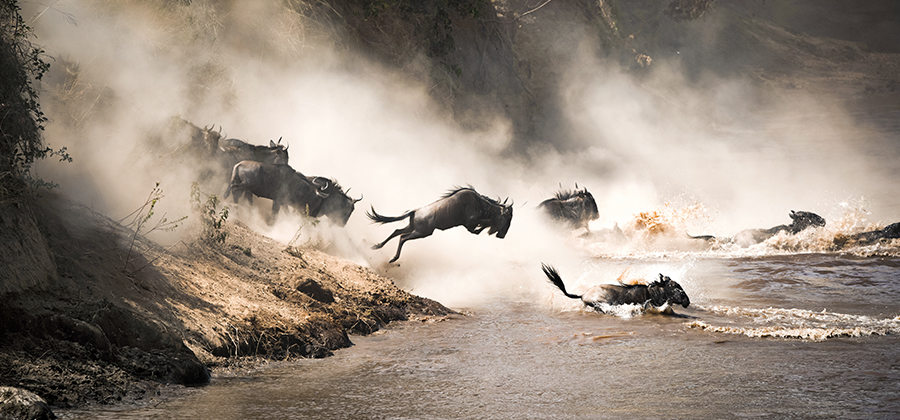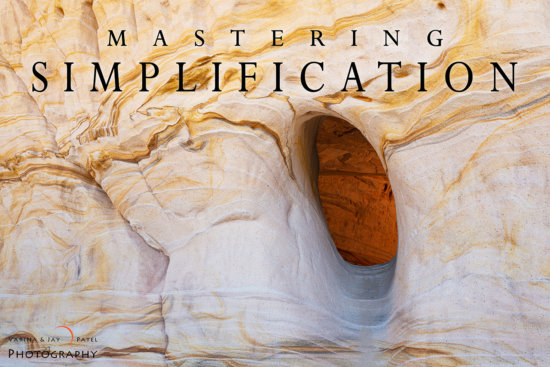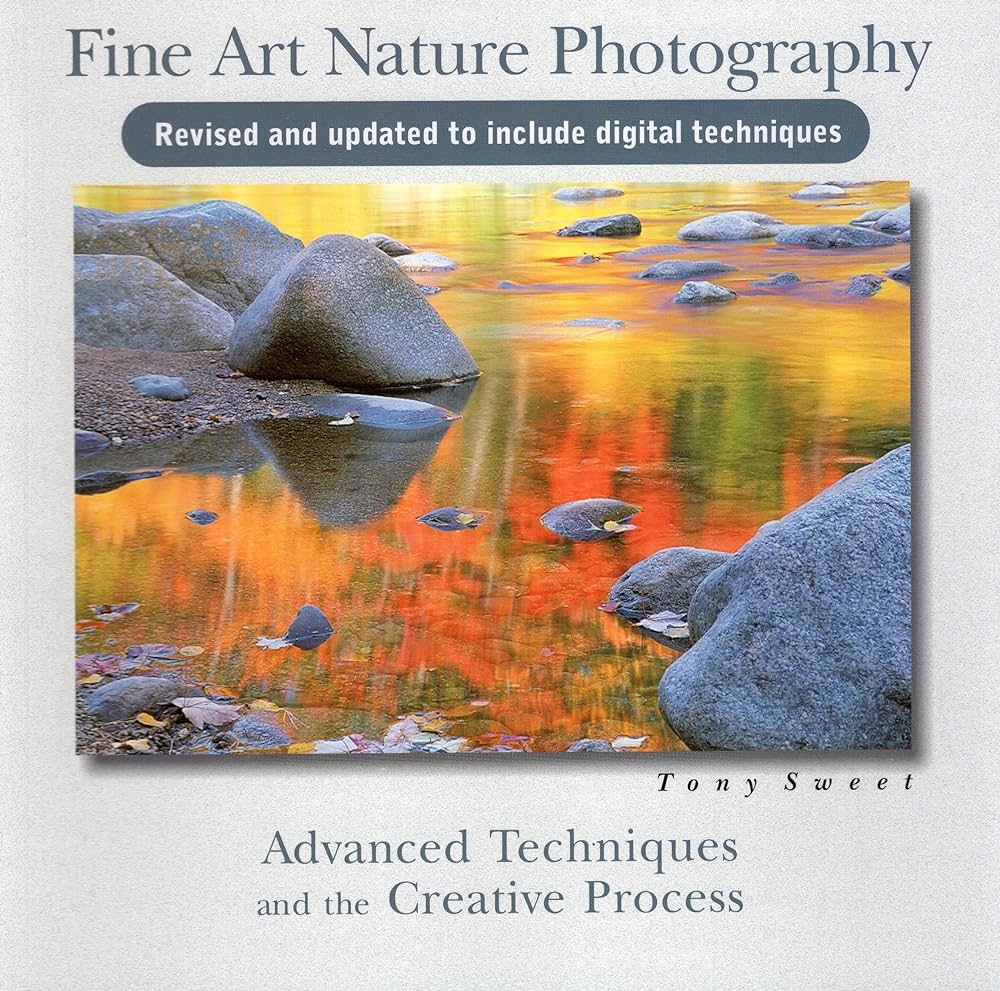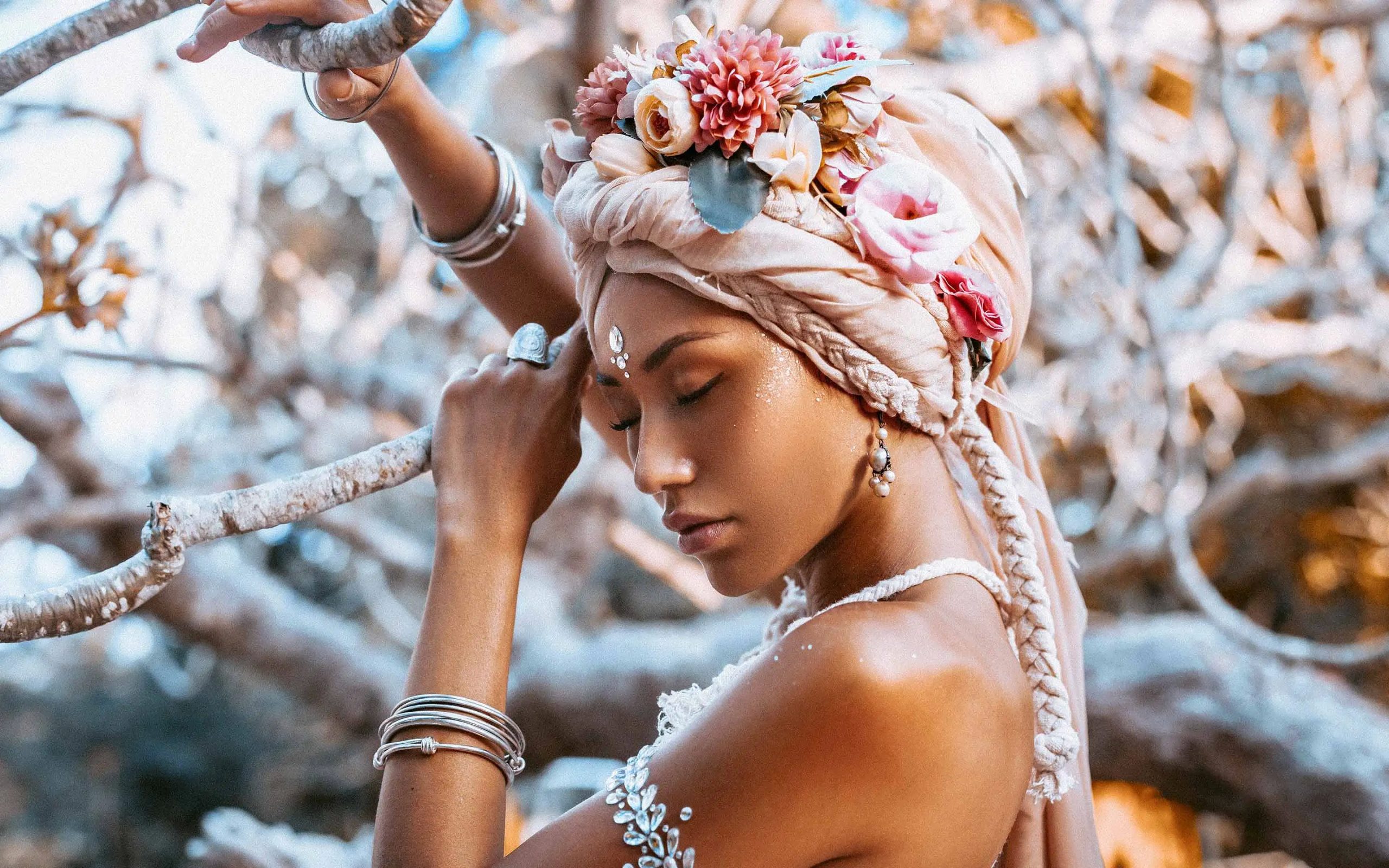Capturing the Wild: Essential Tips for Aspiring Nature Photographers
Hey, aspiring nature photographers!
Looking to capture the wild in all its glory? Well, you’ve come to the right place.
In ‘Capturing the Wild: Essential Tips for Aspiring Nature Photographers,’ we’ve got all the insider knowledge you need to take your nature photography skills to the next level.
From choosing the right equipment to mastering camera settings, we’ll guide you through every step of the process.
Discover how to play with lighting, composition, and different angles to create breathtaking shots that truly showcase the beauty of the natural world.
And don’t worry, we won’t leave you hanging when it comes to editing and post-processing tips.
So grab your camera and get ready to capture the wild like never before!
Choosing the Right Equipment
When choosing the right equipment for nature photography, it’s essential that you consider the specific needs and requirements of your photographic subjects.
The first thing you need to determine is the type of nature photography you’ll be focusing on. Will you be capturing landscapes, wildlife, or macro shots of insects and flowers? Each of these subjects requires different equipment to achieve the best results.
For landscape photography, a wide-angle lens is crucial to capture the vastness and grandeur of the scenery. On the other hand, wildlife photography often requires a telephoto lens with a long focal length to get close-up shots of animals without disturbing them. If you’re interested in capturing the intricate details of small subjects, a macro lens will be your best bet.
Additionally, investing in a sturdy tripod is essential to keep your camera steady and avoid blurry images, especially when shooting in low light conditions.
Lastly, don’t forget about accessories such as filters, extra batteries, and memory cards to enhance your photography experience.
Understanding Lighting and Composition
To understand lighting and composition for nature photography, you should consider the interplay between light and elements in your frame. Lighting plays a crucial role in capturing the essence of a subject and creating a visually pleasing image. The direction, intensity, and quality of light can dramatically affect the mood and atmosphere of your photographs.
When shooting in natural light, pay attention to the time of day and the angle at which the light falls on your subject. The golden hours, which occur around sunrise and sunset, offer soft, warm light that adds a beautiful glow to your images.
Additionally, consider the composition of your photograph. Composition refers to how you arrange the elements within your frame. To create visually compelling images, use the rule of thirds, leading lines, and framing techniques. Experiment with different angles and perspectives to find the most captivating composition.
Mastering Camera Settings and Techniques
Now, let’s delve into how you can master camera settings and techniques to enhance your nature photography skills.
One of the first things you need to understand is how to adjust the aperture on your camera. The aperture controls the amount of light that enters the lens, and it also affects the depth of field in your photos. A wider aperture (smaller f-number) will create a shallow depth of field, while a narrower aperture (larger f-number) will create a greater depth of field. Experiment with different apertures to achieve the desired effect in your nature shots.
Another important camera setting to master is the shutter speed. The shutter speed determines how long the camera’s sensor is exposed to light. A fast shutter speed will freeze action and capture crisp details, while a slow shutter speed will create motion blur. Use a fast shutter speed when photographing birds in flight or animals on the move, and a slow shutter speed when capturing the movement of water or wind-blown foliage.
Additionally, understanding how to control ISO is crucial for achieving optimal exposure in different lighting conditions. ISO measures the sensitivity of the camera’s sensor to light. A lower ISO setting is ideal for bright, well-lit environments, while a higher ISO setting is necessary for low-light situations. Be aware, however, that higher ISO settings can introduce noise into your photos, so aim to use the lowest ISO setting possible while still maintaining a well-exposed image.
Lastly, familiarize yourself with the different focusing modes on your camera. Single shot autofocus is perfect for stationary subjects, while continuous autofocus is ideal for capturing wildlife in action. Additionally, manual focus can be useful in situations where the autofocus struggles to lock onto the subject, such as in low light or when shooting through obstacles.
Exploring Different Perspectives and Angles
To take your nature photography to the next level, explore different perspectives and angles by getting creative with your composition. Experimenting with various viewpoints can add depth and visual interest to your images. Instead of always shooting from eye level, try getting down low to capture a unique perspective of a flower or insect. By doing so, you can highlight intricate details that are often overlooked.
Alternatively, consider shooting from a higher vantage point to capture a broader view of a landscape, showcasing the vastness and beauty of nature.
Don’t be afraid to think outside the box and try unconventional angles. Get up close and personal with your subject to capture its texture and intricate patterns. Explore different angles by moving around your subject, finding the most flattering and interesting viewpoint. By changing your perspective, you can create a sense of depth and dimension in your photographs.
Another technique to consider is playing with the foreground and background elements. By incorporating elements in the foreground, such as leaves or branches, you can create a more dynamic composition and add depth to your image. Experiment with different compositions to find the most visually appealing arrangement.
Patience and Persistence in Nature Photography
While it may require patience and persistence, capturing the perfect shot in nature photography is well worth the effort. As a nature photographer, you know that the best photographs often come to those who wait. Patience is key when it comes to photographing wildlife or capturing the beauty of a landscape. You may have to wait for hours or even days to get that one perfect shot, but when you do, the feeling of accomplishment is unmatched.
Persistence is equally important in nature photography. Sometimes, you may have to return to the same location multiple times to capture the shot you envision. The lighting may not be right, the weather may not cooperate, or the subject may simply not be present. But by persistently returning to the scene, you increase your chances of getting that elusive shot.
In addition to waiting and returning, persistence also means continuously honing your skills and learning from your experiences. Nature photography is a craft that requires constant practice and improvement. By persistently studying the work of other photographers, experimenting with different techniques, and pushing yourself to try new things, you’ll elevate your photography to new heights.
Editing and Post-Processing Tips
Enhance your nature photographs with these editing and post-processing tips.
Editing plays a crucial role in transforming your raw images into stunning works of art. Start by organizing your photos into folders and selecting the best shots to work on.
Use a reliable editing software like Adobe Lightroom or Photoshop to adjust exposure, contrast, and saturation. Experiment with different filters and presets to add depth and character to your images.
Don’t be afraid to crop your photos to improve composition and remove distractions. Pay attention to details and use tools like the healing brush to remove blemishes or unwanted objects.
Remember to maintain a natural look while editing and avoid over-processing your images. Take advantage of the histogram to ensure proper exposure and make adjustments if necessary.
Lastly, save your edited photos in the appropriate file format and resolution for sharing or printing. By mastering these editing and post-processing techniques, you can elevate your nature photography to the next level and truly capture the beauty of the wild.
Frequently Asked Questions
How Can I Attract Wildlife to My Photography Location?
To attract wildlife to your photography location, set up a variety of food sources, such as bird feeders or fruit trays. Create a natural habitat by planting native plants and providing water sources. Be patient and let the animals come to you.
What Are Some Common Mistakes to Avoid When Photographing Nature?
When photographing nature, avoid these common mistakes: using a flash too close to the subject, forgetting to check your camera settings, not being patient, and not respecting the environment.
Are There Any Legal Restrictions or Permits Required for Photographing Certain Wildlife or Protected Areas?
There might be legal restrictions or permits needed when photographing certain wildlife or protected areas. It’s important to research and comply with the rules to avoid any legal issues or harm to the environment.
How Can I Effectively Capture Movement in Wildlife Photography?
To effectively capture movement in wildlife photography, try using a fast shutter speed to freeze the action. Look for animals in motion, like birds in flight or running mammals, and anticipate their movements for the best shots.
What Are Some Tips for Photographing in Extreme Weather Conditions?
To photograph in extreme weather conditions, dress warmly and protect your camera with a waterproof cover. Seek out unique compositions and use the weather conditions to your advantage, such as capturing dramatic skies or frozen landscapes.
Conclusion
So, aspiring nature photographers, remember to:
– Choose the right equipment
– Understand lighting and composition
– Master camera settings and techniques
– Explore different perspectives and angles
– Practice patience and persistence
And don’t forget about the importance of:
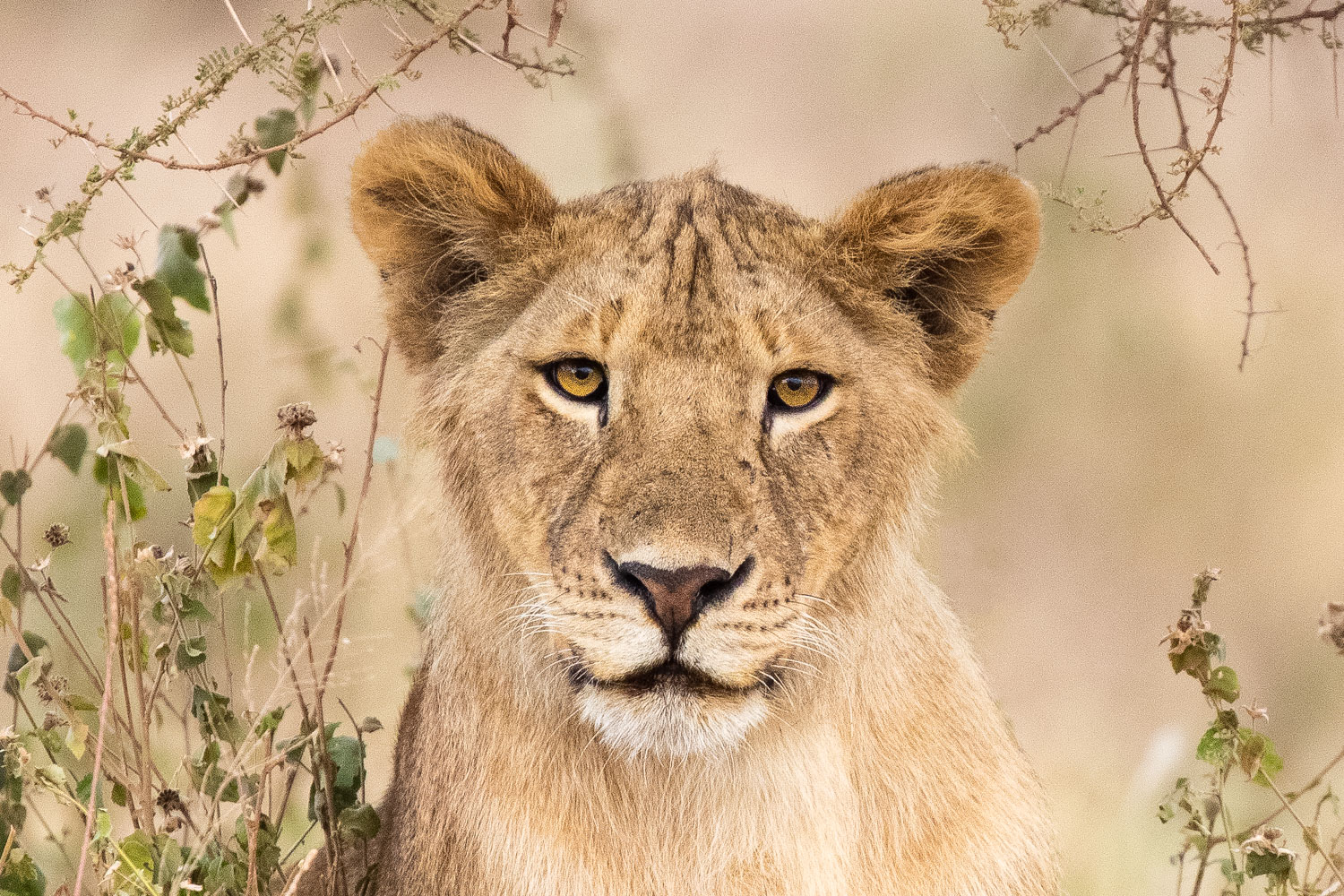
– Editing and post-processing
With these essential tips in mind, you’ll be well on your way to capturing the wild and creating stunning nature photographs.
Keep honing your skills and never stop exploring the beauty of the natural world.
Happy shooting!

Welcome to my website! My name is Oscar Mullan, and I am a passionate Campsite Interior Designer. With a deep love for nature and a keen eye for design, I have dedicated my career to creating elegant camping experiences that seamlessly blend luxury, sustainability, and outdoor wellness.

